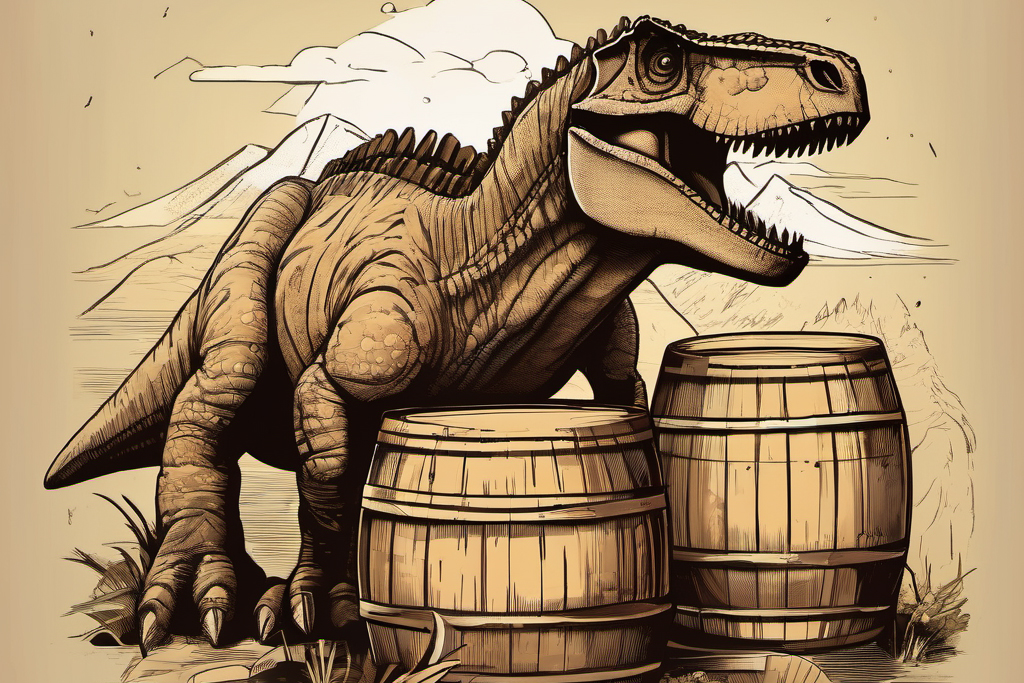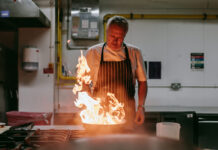
By Andrew Dowson /@whisky__daddy
Welcome to… Jurassic park!
Those four words still inspire a sense of childhood wonder in me as I am of a certain age now that the first movie I ever remember watching and watching consistently was a taped VHS of Jurassic Park at my grandparents’ house in the mid 1990’s.
For all the kids out there that call that the ‘late 1900s’; you are correct, but sod off please.
Ageing is something that we as people don’t necessarily take well to but it’s absolutely something that whisky does well. So this article will talk more about my passion and fascination with the scientific side of what makes whisky, and how it is so important in understanding why whisky is what it is.
The science of whisky is not so far from the crazed genetic aberrations that the minds of Jurassic Park thought up; almost two sides of the same coin. From the bizarre, almost laughable thought processes of the geniuses at Ardbeg which make me say ‘your distillers were so preoccupied with whether or not they could, they didn’t stop to think if they should’, to the fantastic story of Brian Kinsman experimenting with salted fish barrels as a maturation cask.
The idea was that fish was traditionally stored in oak barrels when transported across the globe and salted for preservation thus fulfilling the criteria of the SWA’s maturation laws of previous casks used for flavour influence being traditionally aged in oak themselves (hence why we can’t use gin casks). How the Scotch Whisky Association would respond to this if it ever made it to market, however, remains to be seen.
Apparently, something didn’t work though, and the idea has yet to be commercialised. Never one to be dissuaded, Dr Kinsman’s response as said in the story to me was ‘well, we must have used the wrong type of fish’.
Trial and error is certainly a process that exists within any scientific field, and whisky is no different. Many people like to think that Scotch whisky is a very romantic, organic and micro- process. While this may be true in some cases, whisky is still a £5.6bn-a-year export industry, which obviously means that’s not even counting what we drink here in Scotland.

To paraphrase (or Parasaurolophus-phrase) Dr Ian Malcolm: “That is one big pile of whisky.”
Going to a distillery tour when it’s not operational, in silent season or on a cleaning day, very much feels like the beginning of the Jurassic Park tour when there’s a question of there actually being any dinosaurs there – ‘Ah, now eventually you do plan to have whisky on your whisky tour, right?’ but this is all part of what makes whisky, well…whisky.
Summer, as brief and occasionally dry as it is in Scotland, represents a huge problem for distilleries. My personal experience at Glengoyne was that the waterfall behind the distillery, flowing from its main water source, was dry, and without water, there’s no whisky. An unconfirmed bit of scuttlebutt in the Pot was that Balmenach distillery uses 80,000 litres of water per day for cooling alone, and they only produce about 1.8 million litres of spirit per annum, most of which is Caorunn gin, so we can see why water is so important to the process.
Even the name uisge-beatha – ‘Water of Life’ – is found in any mention of distillate, regardless of language, such as aquavitae, eau de vie or voda.
But what is always remarkable is the adaptability of whisky producers, especially in Scotland. Whether it be dodging the gaugers (excisemen) back in the 1700s, or the wherewithal to take advantage of the Great Wine Blight that removed cognac and brandy from the world market in the 1890s, leaving it open for Scotch to become what it is today, or the pioneering spirit of the likes of teams at Ardbeg and Glenfiddich who are sending whisky into space or experimenting with salted fish barrels.
One thing I think we can all agree on is that whisky is tricera-TOPS.



















